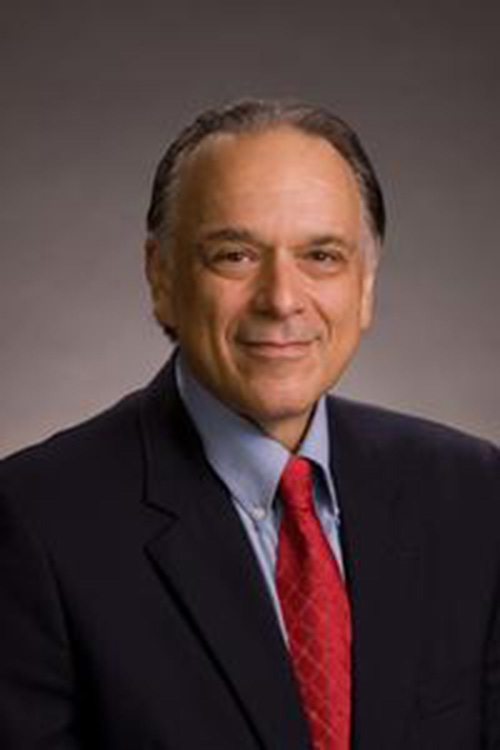Paul F. Barbara Endowment for Student Excellence in Nanoscience
Dr. Barbara grew up in New York City and received his BA in chemistry at Hofstra University in 1974. He completed his Ph.D. at Brown University in 1978 and pursued postdoctoral studies at Bell Laboratories until 1980. Prior to joining The University of Texas at Austin Department of Chemistry and Biochemistry in 1998, Dr. Barbara was a faculty member for 18 years at the University of Minnesota, where he was named 3M-Alumni Distinguished Professor of Chemistry.
Dr. Barbara founded the Graduate Portfolio Program in Nanoscience and Nanotechnology at UT in 2003 as a certificate program to provide an opportunity for doctoral students to obtain credentials in nanoscience and nanotechnology while they complete the requirements for a doctoral degree in science or engineering. The program provides an efficient and effective introduction to nanoscience and nanotechnology for students from a wide range of technical disciplines.
Dr. Barbara held the Richard J. V. Johnson Welch Regents’ Chair in Chemistry. He received many awards and accolades throughout his career, beginning with a Presidential Young Investigator Award in 1984. In 2009, he was awarded the E. Bright Wilson Award in Spectroscopy by the American Chemical Society, recognizing his innovative experimental probes of the dynamics of chemical processes. In 2006, Dr. Barbara was elected to the National Academy of Sciences, the most prestigious association of scientists in the nation. For 15 years he was the senior editor for one of the premier chemistry journals, Accounts of Chemical Research.

Dr. Barbara’s research probed the molecular arrangement of individual polymer molecules in order to understand how this structure affects the molecular behavior in complex environments, such as plastic solar cells. Earlier work in his labs involved ultrafast measurements to study how electrons exchange between molecules and move through liquids. During his career, he published more than 200 influential and widely cited journal articles. He was also a mentor to more than 100 graduate students and postdoctoral research fellows. Thirty-four are now professors at universities in the United States, Asia, and Europe.
Dr. Barbara was a campus leader adept at stimulating collaborative research efforts. In 2000, he founded the university’s Center for Nano and Molecular Science and Technology, which grew from a grass-roots faculty effort to become a cornerstone of nanoscience research for the university’s science and engineering community. Dr. Barbara steered the campaign for a central nanoscience facility on campus, leading in 2006 to the $37 million Nano Science and Technology building, now the Larry R. Faulkner Nano Science and Technology Building. This building houses more than $17 million in scientific equipment that is used in research by more than 300 students and faculty each year.
In 2009 the U.S. Department of Energy awarded $13 million to a team of university faculty led by Dr. Barbara to study the fundamental chemical processes that limit the efficiency of plastic solar cell materials. This award represents the largest single program the American Recovery and Reinvestment Act funded at The University of Texas at Austin. Mary Ann Rankin, former dean of the College of Natural Sciences, said of Dr. Barbara, “Paul was a brilliant scientist and visionary leader and was tireless in pursuit of resources and talent for our nanoscience program.”
The Paul F. Barbara Endowment for Student Excellence in Nanoscience serves as a lasting tribute to Dr. Barbara and is a permanent resource to help students with expenses associated with transitioning from graduate school to a postdoctoral position, including travel to national conferences and living expenses.
How to Give
Learn more at giving.utexas.edu
Search Endowments
Look for inspiring stories
